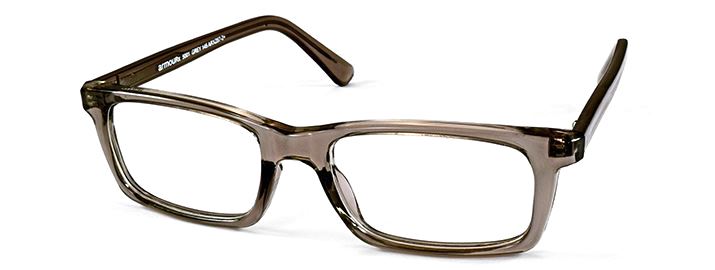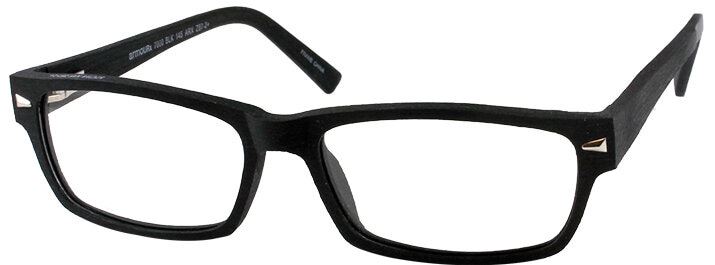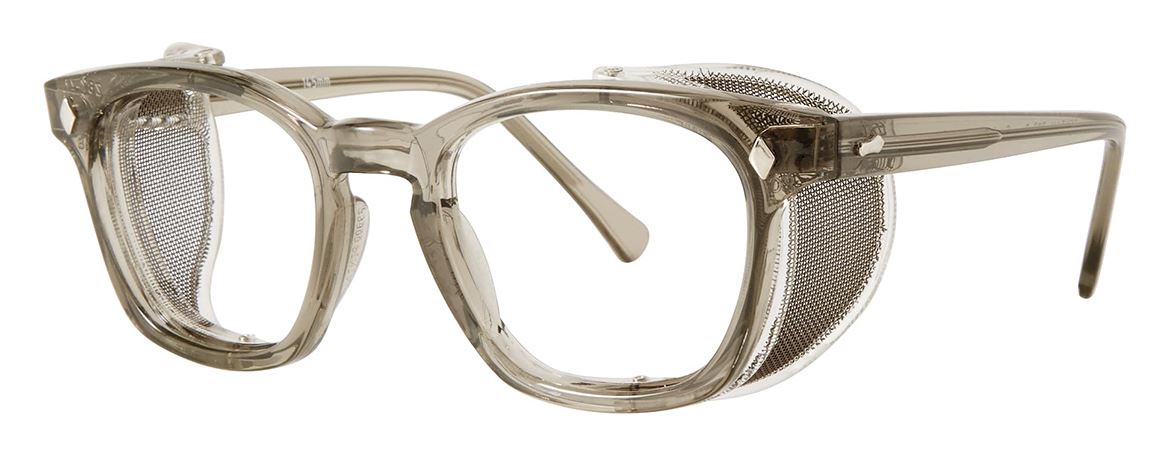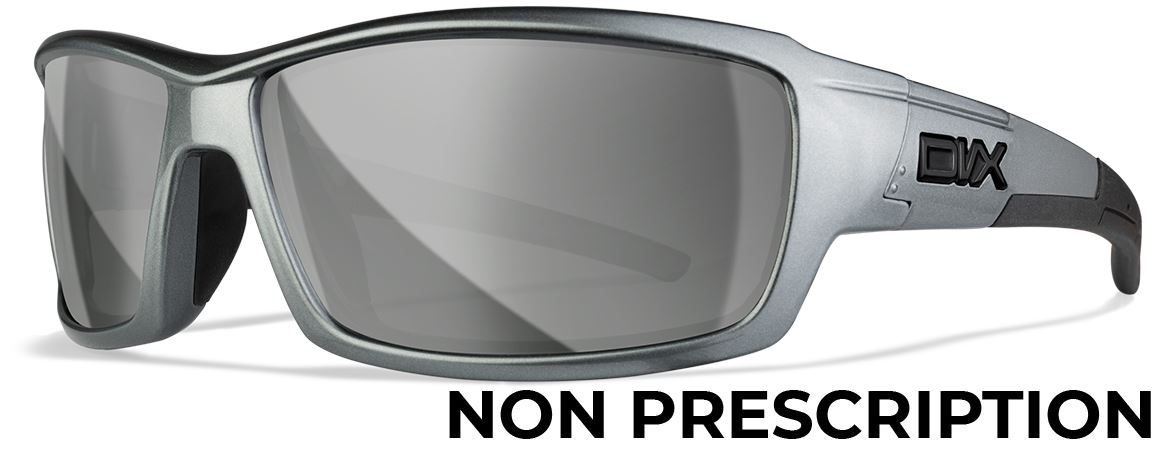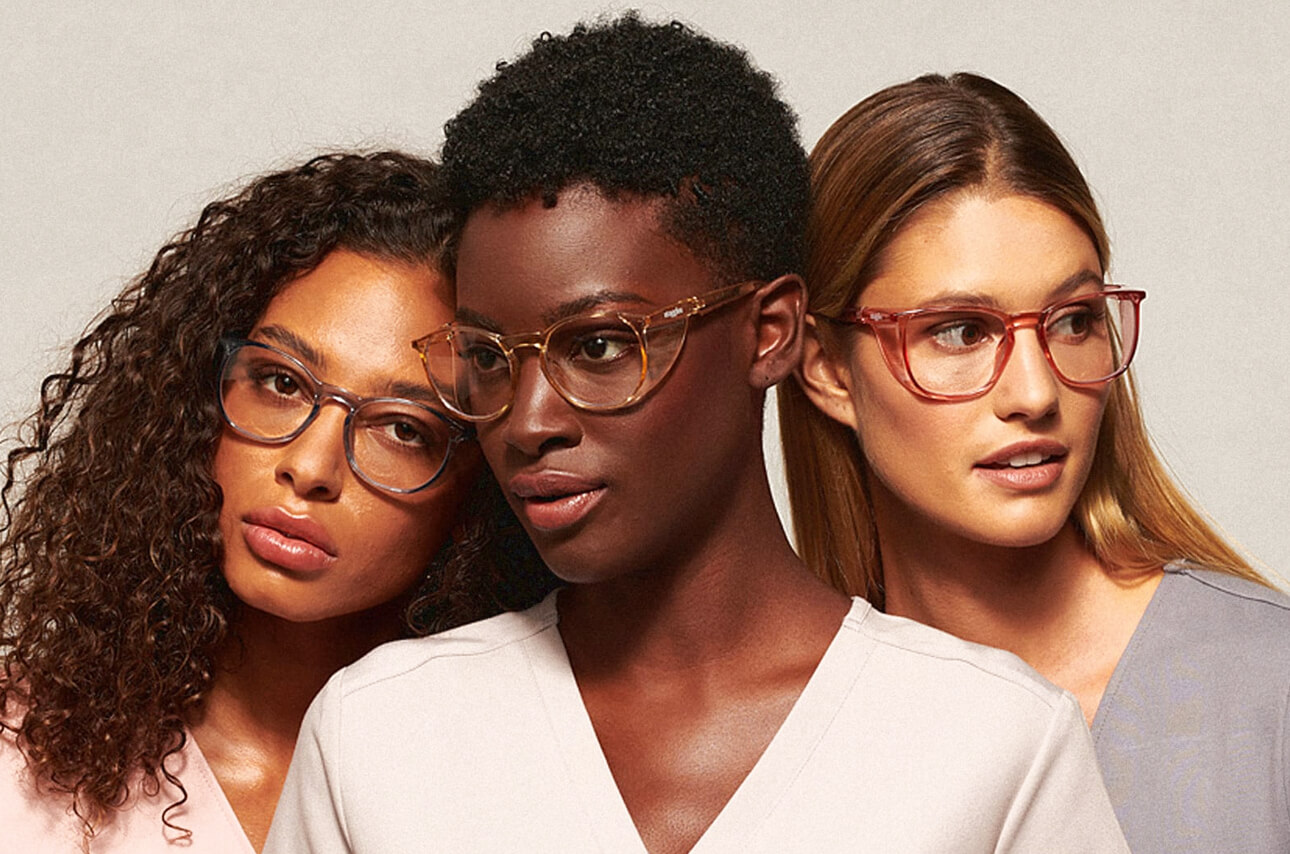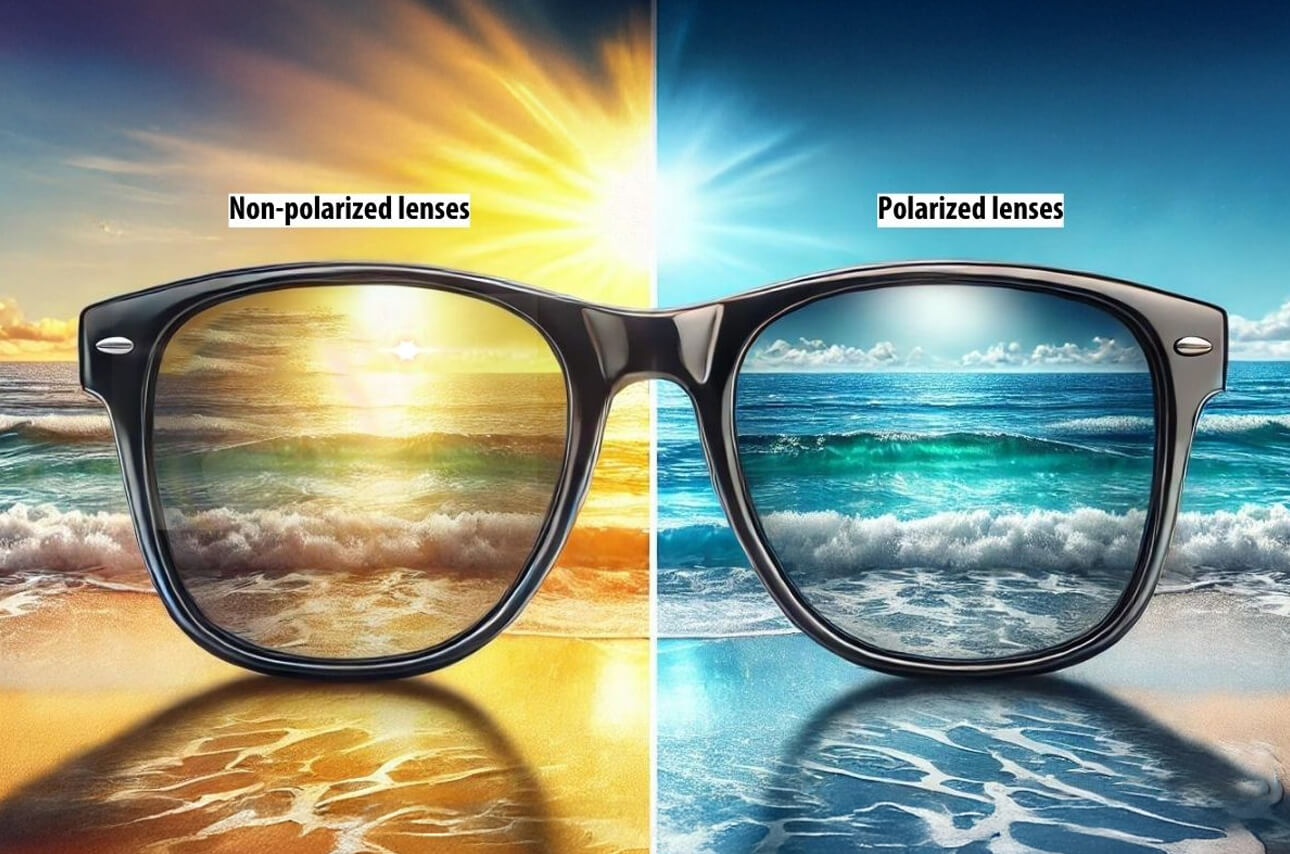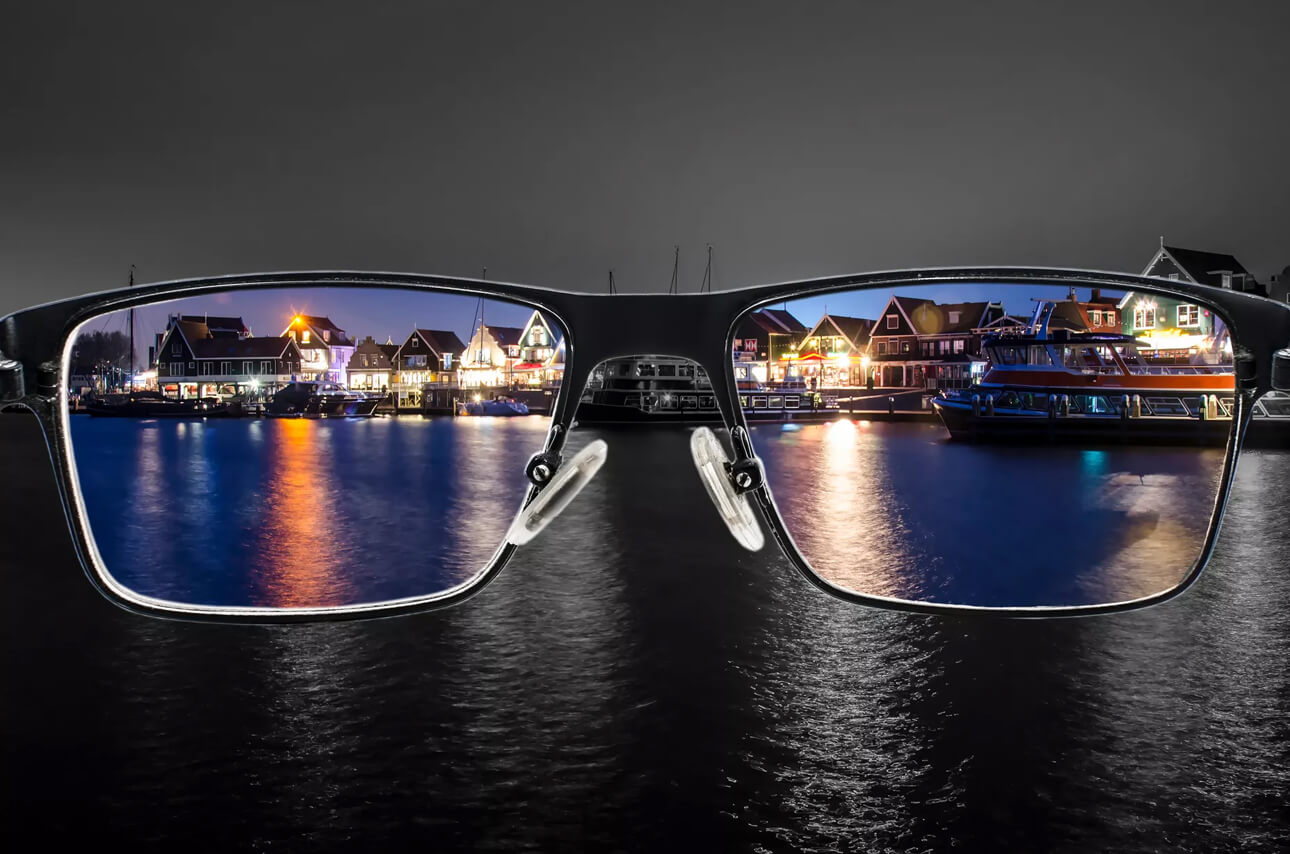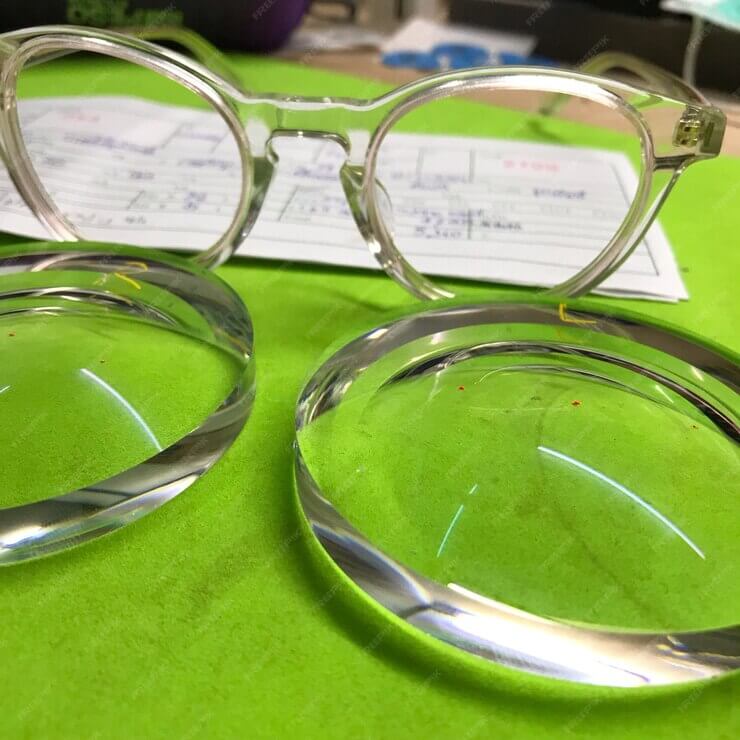
Blog
What Does ANSI Z87.1 Certified Mean?
Protecting one's eyes and face is crucial for occupational safety. Employers must abide by rules and regulations established by the Occupational Safety and Health Administration (OSHA) to guarantee the safety of their workers. One such rule is the requirement of personal protection equipment (PPE), such as goggles, face shields, and safety glasses. However, how can you tell if the personal protective equipment (PPE) you're wearing is indeed shielding you from potential risks? In this situation, ANSI Z87.1 is applicable.
The American National Standard for Personal Eye and Face Protection Devices in Occupational and Educational Settings is ANSI Z87.1. It was made to set standards for manufacturing, testing, and applying face and eye protective equipment. This requirement is modified every five years to keep it up to date with emerging occupational dangers and technologies.
The following are some essential details of ANSI Z87.1:
- The minimal specifications for face and eye-protective devices are outlined in ANSI Z87.1. Accordingly, any gadget that satisfies this standard's standards needs to offer sufficient defense against the possible risks it is intended to fend off.
- According to the standard, face, and eye protection must be tested to ensure it can resist ignition, penetration, and impact risks. Besides, the optical properties of the device, such as light transmission, prismatic deviation, astigmatism, and refractive power, must be examined.
- Following ANSI Z87.1, eye, and face protection equipment must bear a label bearing certain details, such as the brand name, model number, and the Z87+ labeling, which certifies that the product satisfies the standard's high-impact requirements.
- Different device protection levels are included in the standard. For instance, face shields are categorized as high-impact devices, but safety eyewear and goggles are regarded as basic impact devices.
- To make sure their goods satisfy ANSI Z87.1, manufacturers of face and eye protection equipment must have their goods tested by an independent laboratory. It means that the personal protective equipment (PPE) you are utilizing has undergone extensive testing and satisfies all applicable requirements.
An essential standard known as ANSI Z87.1 guarantees that face and eye protection equipment is made, tested, and labeled to offer sufficient defense against any risks. You may be confident that you are sufficiently protected against workplace risks if you use PPE that complies with this standard.
Conditions to Meet for Impact Resistance
Impact resistance can be one of the most important things to take into account when it comes to face and eye protection. Standards have been established by the American National Standards Institute (ANSI) to guarantee that personal protective equipment (PPE) such as Onguard safety glasses, face shields, and goggles offers the necessary degree of defense against potential workplace risks. The norm for eye and face safety, ANSI Z87.1, describes the specifications for testing, marking, performance, and design for safety equipment.
According to the ANSI Z87.1 standard, every pair of glasses with impact-resistant lenses needs to undergo specific tests to guarantee that they are resilient enough to endure a range of risks. Along with defining the minimum thickness and weight standards for lenses, the standard also details the kinds of lenses and frame substances that can be utilized. Furthermore, to safeguard against dangerous radiation, the standard also places restrictions on the amount of light that can flow through lenses.
ANSI Z87.1 lists the following criteria for impact resistance:
- High-Action Requirements: high-mass impact and High-velocity tests must be passed by all eyewear with impact-resistant lenses to comply with the requirement. These experiments mimic falling items and missiles that potentially injure an eye. The apparatus needs to sustain these impacts without breaking, chipping, or cracking.
- Basic Impact Standards: Every pair of protective eyewear with impact-resistant lenses must meet these standards by passing basic impact testing. These experiments mimic potentially harmful falling objects and tiny missiles. The apparatus needs to sustain these knocks without breaking, chipping, or cracking.
- Lens Diameter and Weight: To guarantee that lenses can survive impacts, the standard establishes minimum limits for lens thickness and weight. Depending on the kind of material used, the lens thickness can change, but it must nevertheless adhere to the minimum thickness specifications for each material. To offer sufficient protection against collisions, the lens's weight must also be sufficient.
- Frame Specifications: Per the standard, frames must be made of materials that are intended to hold lenses firmly in place. It also defines which materials may be utilized for frames. For extended periods, the frames need to be pleasant to wear and robust enough to absorb impacts.
- Light Transmission Specifications: Lens light transmission is limited by the standard. The purpose of lenses is to shield the eyes from bright light sources, such as welding arcs, and to filter out damaging UV radiation.
To safeguard your eyes from flying dust and debris, let's assume you are employed in construction and are compelled to wear safety glasses. Your safety glasses will abide by strict impact resistance standards thanks to the ANSI Z87.1 standard.
The lenses need to be thick enough to survive collisions without breaking or cracking, and they should be made to shield your eyes from high-mass and high-velocity impacts. The lenses should also offer sufficient protection against intense light sources and resist dangerous UV rays.
Important standards for impact resistance are outlined in the ANSI Z87.1 specification to guarantee that personal safety gear offers sufficient defense against potential occupational risks. It's crucial to comprehend these specifications when choosing the appropriate work glasses.
Conditions for Visual Clarity
With their Z87.1 standard, the American National Standards Institute (ANSI) established the benchmark for face and eye protection in the workplace. The criterion for visual clarity in eye protection is one of the most important parts of this standard. The capacity of a lens to give its wearer undistorted, clear vision is known as optical clarity. This rule is crucial because it guarantees that employees can see their workspace clearly, which can help reduce the risk of mishaps and injuries.
Safety eyewear that satisfies the ANSI Z87.1 requirement for optical clarity is a wise investment from the employer's point of view. Workers are less likely to commit mistakes that could result in accidents when they can see well.
Besides, the danger of eye injuries from flying debris, chemicals, and other hazardous items can be decreased by wearing safety eyewear. Reductions in compensation lawsuits and days off due to injuries are additional benefits for employers who purchase safety eyewear that satisfies the ANSI Z87.1 standard.
The ANSI Z87.1 standard lists the following specifications for visual clarity in safety eyewear:
- Refractive power: Safety glasses' lenses shouldn't have more refractive power than necessary because doing so may result in distortion or blurriness. Refractive power can have a maximum of +/- 0.12 diopters.
- Prism: A prism larger than 0.5 diopters should not be present in the lenses. The wearer may experience distortion and have trouble seeing clearly when using a prism.
- Astigmatism: The maximum amount of astigmatism in the lenses should be 0.5 diopters. Distortion and blurriness can be caused by astigmatism.
- Abbe value: Low chromatic aberration is indicated by an Abbe value of a minimum of 55, which should be present in the lenses. Colors can look different than in reality due to chromatic aberration.
A critical component of safety eyewear that satisfies the ANSI Z87.1 specification is optical clarity. It guarantees that employees can see their workspace unhindered, which can help reduce the risk of mishaps and injuries. Employers can experience a decrease in compensation claims and missed workdays as a result of injuries by investing in Pentax safety glasses that satisfy this standard.
Methods for Testing Lens and Frame Reliability
The longevity of the lens and frame are crucial components for protecting the eyes and face. Manufacturers must adhere to the principles and testing processes outlined in ANSI Z87.1, a requirement for eye and face safety, to guarantee that their products fulfill the necessary standards. For the eyewear to be able to resist many types of risks and shield the wearer's face and eyes from possible damage, several testing methods are essential.
As far as manufacturers are concerned, testing protocols are crucial to guaranteeing the safety of their products. By adhering to ANSI Z87.1, manufacturers may be sure that the wearer will receive the appropriate protection from their eyewear.
Following the standard might also aid in averting potential liability problems that might develop if the product is unable to offer sufficient protection.
Manufacturers must adhere to particular testing protocols to guarantee that the eyewear satisfies the ANSI Z87.1 standard. Among these methods are:
- High Mass Impact Test: To test the lens's resistance to impact, a pointed weight is dropped onto it from a predetermined height.
- High-Velocity Impact Test: To assess the lens's resistance to high-speed impacts, a quarter-inch steel ball is shot at it at a certain velocity.
- Lens Marking Longevity Test: This test determines how long the marks on the lens will last by rubbing it with a cloth dipped in a certain solution.
- Frame Longevity Test: In this test, the frame's resistance to impacts and other dangers is evaluated by applying different forces to it.
- Chemical Compatibility Test: This test determines how resistant the lens and frame are to harm from chemical exposure by subjecting them to a variety of substances.
Manufacturers may make sure that their safety eyewear satisfies the requirements for safety and durability by adhering to these testing protocols. For instance, a lens that satisfies the high mass impact test has a lower chance of breaking when struck by a falling object, thereby shielding the wearer's eyes from possible injury. Comparably, a frame that succeeds the frame sturdiness test is less inclined to shatter when struck by a blunt item, shielding the wearer's face from harm.
To guarantee the wearer's safety, ANSI Z87.1 includes testing protocols for lens and frame durability. Manufacturers can create eyewear that offers sufficient protection against a range of risks by adhering to the standard's testing processes. Users can work in hazardous areas with confidence and peace of mind realizing that their safety glasses comply with ANSI Z87.1 standards.
Regular Updates to the ANSI Z87.1 Safety Standard
The long-standing ANSI Z87.1 specification has experienced multiple revisions over the years. Some revisions have been made to keep the standard current and useful in shielding the face and eyes from potential dangers. The industry's input, workplace modifications, and technological improvements have all influenced the standard's revisions. These revisions have contributed to the standard's continued status as an extensive and useful instrument for guaranteeing worker safety.
- In 1989, the ANSI Z87.1 requirements underwent its first modification. Many additional specifications were included in this edition, including the requirement that lenses be able to survive the impact of a 1/4-inch steel ball moving at 150 feet per second. To comply with this modification, face shields also have to be resistant to the impact of a 3/4-inch steel ball moving at 300 feet per second.
- In 2003, the standard underwent its second upgrade. A new lens labeling system was added in this release to let users more easily determine the degree of protection their eyewear offers. This version also includes new specifications for assessing the capacity of safety work glasses to withstand radiation, flammability, and corrosion.
- The ANSI Z87.1 specification underwent its most recent revision in 2015. Some new regulations about the usage of prescription eyewear at work were introduced in this version. It also contained new specifications for the prism, haze, and optical clarity tests of eyeglasses.
All things considered, the ANSI Z87.1 standard's revisions have contributed to its continued efficacy as a safeguard against potential workplace dangers to the face and eyes. These improvements, which took into consideration modifications in the workplace and technological advancements, were created with feedback from specialists in the field. Consequently, the ANSI Z87.1 requirements continue to be a thorough and useful instrument for guaranteeing worker safety.


